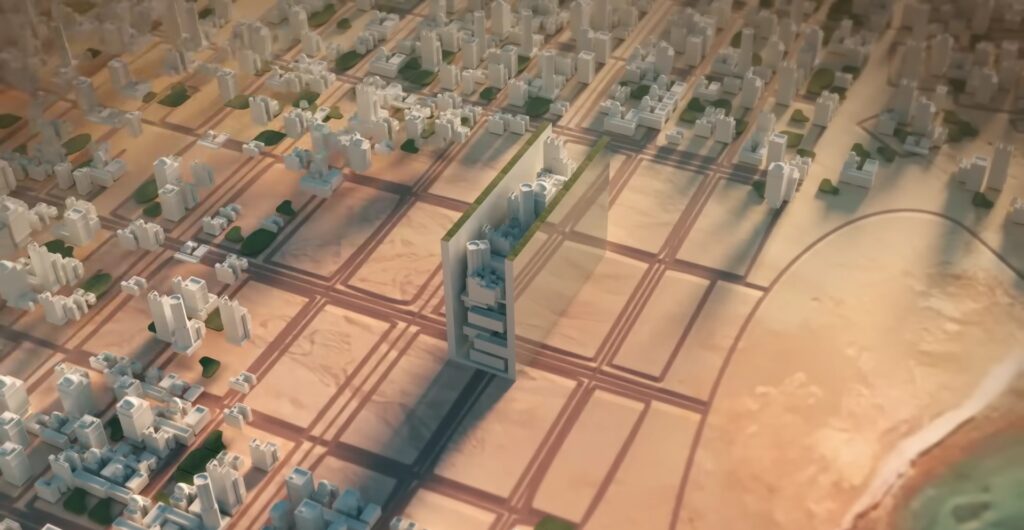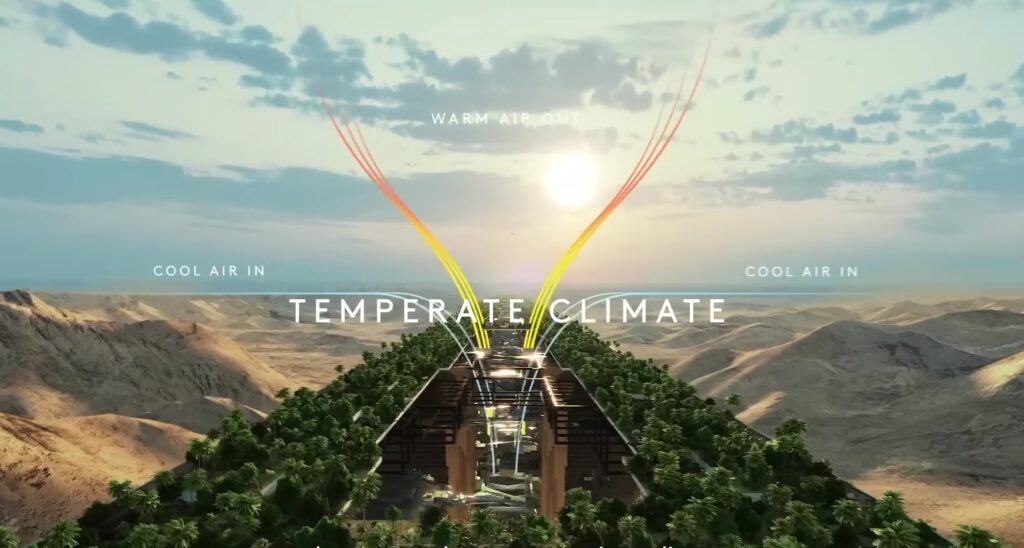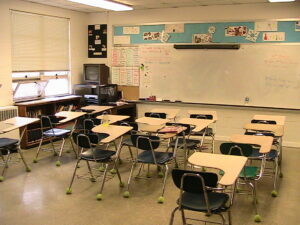Saudi Arabia’s ambitious $1.5 trillion endeavor to erect a groundbreaking 106-mile linear desert city has encountered a significant setback, compelling the kingdom to reevaluate its grandiose plans.
At the heart of this venture lies The Line, an integral component of Saudi Arabia’s visionary NEOM project, which initially aimed to accommodate 1.5 million residents by the end of the decade, with aspirations to expand its capacity to accommodate up to nine million individuals in the future.

However, recent revelations suggest a substantial downsizing of The Line, with the development now projected to span a mere 1.5-mile stretch, housing fewer than 300,000 residents by 2030. This drastic reduction has not only cast doubt on the project’s feasibility but has also precipitated layoffs among contractors, signaling a turbulent phase for the kingdom’s ambitious urban development plans.
Initially hailed as a marvel of modern urban design, The Line was envisaged as a flagship feature of Crown Prince Mohammed bin Salman’s ambitious Vision 2030 initiative, which seeks to diversify the kingdom’s oil-dependent economy and usher in a new era of societal and cultural transformation. With an estimated cost of $1.5 trillion, the project was touted as an unparalleled living experience that would seamlessly blend cutting-edge architecture with the pristine natural beauty of the surrounding environment.

While conceptual renderings depicted a futuristic metropolis slicing through the desert landscape, recent setbacks have prompted a sobering reassessment of the project’s scope and viability. Despite these challenges, Saudi Arabia remains resolute in its commitment to realizing its long-term vision of economic prosperity and societal advancement.
The downsizing of The Line comes amid broader concerns about the sustainability and environmental impact of NEOM. Critics have raised alarms about the potential harm to migratory bird populations posed by the project’s mirrored surfaces and towering structures, highlighting the need for a careful balance between development and conservation.

As Saudi Arabia navigates these challenges, it faces mounting pressure to chart a course that prioritizes both economic growth and environmental stewardship. Despite the setback, the kingdom continues to press forward with its ambitious agenda, demonstrating resilience in the face of adversity and a steadfast determination to shape its future according to its own vision.

In conclusion, while the road ahead may be fraught with obstacles, Saudi Arabia’s commitment to realizing its aspirations remains undeterred. By learning from setbacks and adapting to changing circumstances, the kingdom aims to build a brighter and more prosperous future for its citizens and the world at large.










